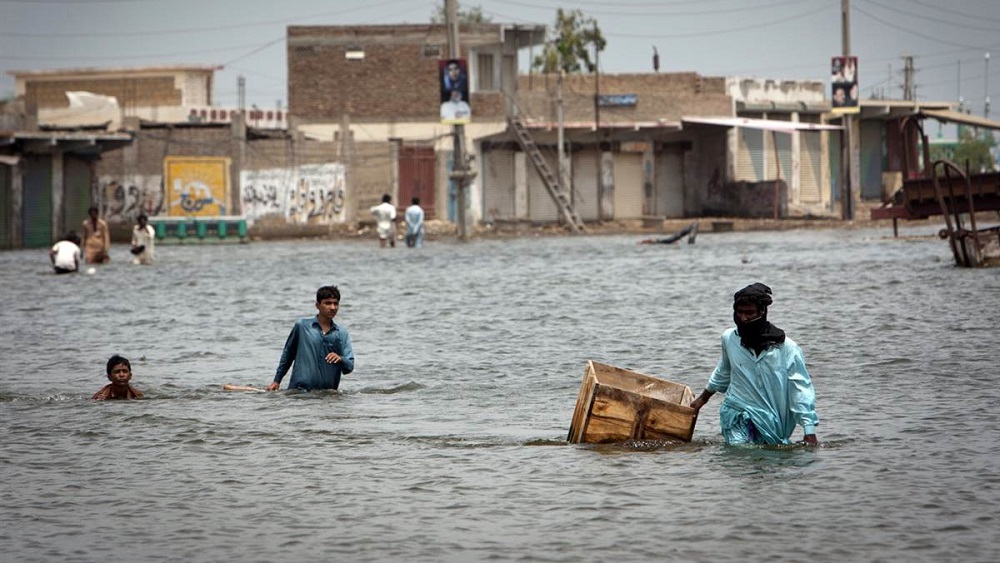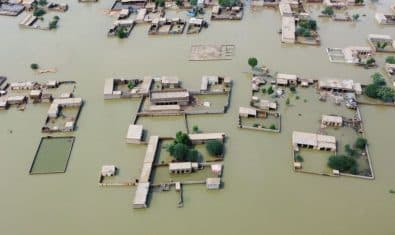Pakistan’s agriculture and energy sectors are expected to suffer the most as greenhouse emissions are set to double in the coming two years. Asian Development Bank (ADB) has released a report in which it has been anticipated that greenhouse emissions will increase by 14 times by 2050.
Climate Change and Pakistan
Dr Qamar Uz Zaman, an expert on climate change studies, prepared the Climate Change Profile of Pakistan report. The report warned that if stern measures aren’t taken, Pakistan will suffer the most as the emissions are increasing more in Pakistan than rest of the world.
According to the report, rainfall patterns will change and glaciers will melt more quickly and “consequently, this will significantly impact the productivity and efficiency of water-dependent sectors such as agriculture and energy.”
ALSO READ
Dark Times Ahead: Climate Change Might Just Wipe Out Chocolate
Emissions
According to GHG inventory of Pakistan livestock, energy and agriculture sectors contribute the most to greenhouse emissions. As of 2011-12, these sectors contributed to 90.7% of total emissions.
- Overall, greenhouse emissions were 369 million tons in Pakistan.
- Out of this, 45.9% were emitted by energy sector.
- Livestock and agriculture share 44.8% emissions.
- 3.9% of gases are emitted by industries while land use practices contribute to 2.6% of total emissions.
ALSO READ
WEF Global Risks Report 2018 Paints a Scary Picture for the Near Future
In the last 5 decades, climate has changed significantly in Pakistan. According to the current trends, It is expected it will rise between 3°C
and 5°C by the end of the century. If the emissions rise more vigorously, the rise will be between 4°C and 6°C . Overall Pakistan has seen following trends in climate change.
- A rise of 0.5°C in temperature has occurred in the last 5 decades. For South Aisa, this rise was 0.75°C .
- Average rainfall increased by 35% in the last century.
- Heatwaves have increased 5 times in last three decades. Between 1980 and 2007 heat wave days have increased by 31 days in Pakistan.
- Sea level has increased 10 centimeters off the Karachi coast in last ten decades.
According to the report, sea level is expected to rise by a further 60 cm within this century. Keti Bander area of Karachi and Indus River Belt are expected to suffer the most from it.
As per the report, rainfall and river patterns will change which will affect the rice and wheat crops in Pakistan. Evaporation rates will increase which will most likely result in shifting of these crops to northern areas, subject to availability of water.
Rise in temperatures will also affect the energy consumption and production. Warmer surroundings will result in more air conditioning requirements which will in turn increase the energy demands. Flash floods, storms and unusual rainfalls will occur more frequently, the report anticipates.
Via Dawn






















Climate change or global warming due to co2 is a scam. Go f*** yourself.
Enlighten us O climate guru